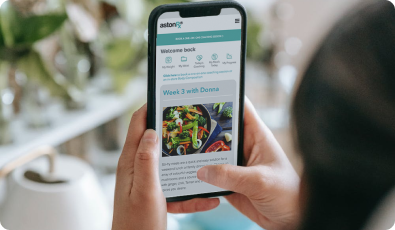NAFLD is increasingly common around the world, and in Western nations affects about one-quarter of the population.
Some individuals with NAFLD can develop nonalcoholic steatohepatitis (NASH), an aggressive form of fatty liver disease, which is marked by liver inflammation and may progress to advanced scarring (cirrhosis) and liver failure. This damage is similar to the damage caused by heavy alcohol use.
Symptoms: NAFLD usually causes no signs and symptoms.
When it does, they may include:
- Fatigue
- Pain or discomfort in the upper right abdomen
- Possible signs and symptoms of advanced scarring (cirrhosis) include:
- Abdominal swelling (ascites)
- Enlarged blood vessels just beneath the skin's surface
- Enlarged spleen
- Red palms
- Yellowing of the skin and eyes (jaundice)
Make an appointment with your doctor if you have persistent signs and symptoms that cause you concern.
Causes
- Overweight or obesity
- Insulin resistance
- High blood sugar - pre-diabetes or type 2 diabetes
- High levels of fats in the blood - particularly triglycerides
These combined health problems promote the deposit of fat in the liver. This excess fat acts as a toxin to liver cells, causing liver inflammation, which may lead to a build-up of scar tissue in the liver.
Risk factors
A wide range of diseases and conditions can increase your risk of a fatty liver, including:
- High cholesterol
- High levels of triglycerides in the blood
- Insulin resistance
- Obesity, particularly when fat is concentrated in the abdomen
- Polycystic ovary syndrome (PCOS)
- Sleep apnoea
- Type 2 diabetes
- Underactive thyroid (hypothyroidism)
If the process isn't interrupted with lifestyle changes, liver cirrhosis can lead to:
- Fluid buildup in the abdomen
- Swelling of veins in your esophagus, which can rupture and bleed
- Confusion, drowsiness and slurred speech
- Liver cancer
- End-stage liver failure, which means the liver has stopped functioning
Prevention
To reduce your risk of NAFLD:
- Healthy diet. Choose a healthy diet that's rich in fibrous vegetables and healthy fats.
- Maintain a healthy weight. For men, a healthy body fat percentage is <20% and for women between 20%-30%. Maintaining these ranges lowers your risk factors.
- Exercise. A consistent combination of strength training and overall movement. We recommend aiming to reach 8,000 steps a day and using your strength/muscles three times a week – subject to individual capabilities…
























